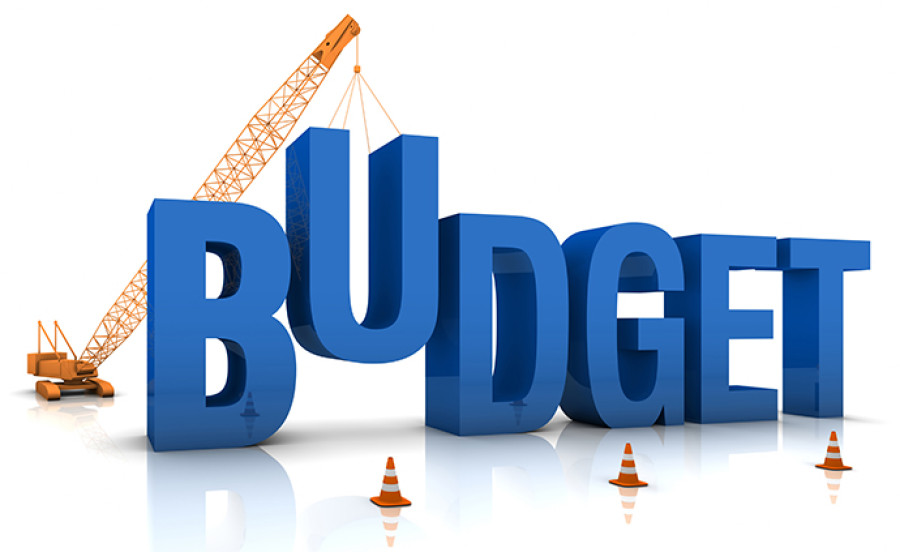Reducing debt can seem like an overwhelming task, but with the right strategies, you can take control of your financial situation. Whether you’re dealing with credit card debt, student loans, or other financial burdens, there are effective ways to manage and eliminate what you owe. By staying focused, setting clear goals, and sticking to a plan, you can significantly reduce your debt over time.

Create a Realistic Budget
The first step to reducing debt is creating a realistic budget that outlines your income and expenses. Start by tracking your spending for a month to see where your money goes. Then, categorize your expenses and identify areas where you can cut back. Every dollar saved should be directed toward paying down your debt.
By sticking to a budget, you avoid unnecessary spending and ensure that more of your income goes toward debt reduction. It’s essential to make sure your budget accounts for all necessities, such as housing, utilities, and groceries, while still prioritizing debt payments.
Pay More Than the Minimum
Paying only the minimum amount due on debts, especially credit cards, will keep you in a cycle of debt for much longer than necessary. The interest on unpaid balances can add up quickly, meaning a significant portion of each payment goes toward interest rather than the principal amount owed. Paying more than the minimum reduces the total interest paid and helps you eliminate debt faster.
If possible, try to pay double the minimum payment or make extra payments when you can. Even small amounts make a big difference over time by reducing your overall balance and saving on interest.
Prioritize High-Interest Debt
Not all debts are created equal, so it’s essential to prioritize those with the highest interest rates. Focus on paying down credit card debt or other high-interest loans first while continuing to make minimum payments on lower-interest debts. This method, often called the avalanche method, ensures you reduce the most expensive debts first, saving you money in the long run.
By tackling high-interest debts aggressively, you not only reduce the total amount owed but also gain momentum as your smaller debts become more manageable. This approach is effective for minimizing the overall interest you’ll pay.
Consider Debt Consolidation
If you’re juggling multiple debts, debt consolidation can simplify your payments and reduce the interest rate you pay. Debt consolidation involves taking out a new loan to pay off several smaller debts, leaving you with one monthly payment at a lower interest rate. This strategy can make it easier to manage your debt and pay it off faster.
However, it’s essential to shop around for a consolidation loan with favorable terms. Avoid loans with higher interest rates than your current debts, and make sure the new payment plan fits your budget.
Use the Snowball Method
Another effective strategy for debt reduction is the snowball method, where you focus on paying off your smallest debts first. While this approach may not save you as much in interest as the avalanche method, it can provide a psychological boost by giving you quick wins. Once you eliminate one debt, roll that payment into the next smallest debt, and continue until all your debts are paid off.
The snowball method works well for individuals who need motivation to stay on track with their debt repayment plan. Seeing your progress gives you the confidence to continue and eventually pay off larger debts.
Reduce Unnecessary Expenses
Cutting back on non-essential spending is crucial when trying to reduce debt. Review your monthly subscriptions, dining out habits, and entertainment expenses to find areas where you can save. Redirecting this money to debt repayment speeds up the process and keeps you focused on your financial goals.
Even temporary changes, such as cooking at home more often or canceling unused subscriptions, can free up significant amounts of money. These savings allow you to pay off debt faster and build better financial habits in the process.
Increase Your Income
If you’re struggling to make progress on reducing your debt with your current income, consider finding ways to increase your earnings. This could involve taking on a side job, freelancing, or selling unused items around the house. Any additional income can go directly toward paying down your debts, accelerating your progress.
Increasing your income not only helps with debt repayment but also provides more flexibility in your budget. By earning extra money, you gain more control over your financial situation and can make larger payments on your debt.
Stay Consistent and Avoid New Debt
Consistency is key to effective debt reduction. Stick to your repayment plan and avoid taking on new debt whenever possible. If you use credit cards, aim to pay off the balance in full each month to prevent interest charges from adding to your debt load.
Building healthy financial habits ensures you stay on track, even when unexpected expenses arise. Staying disciplined with your budget and payment strategy will lead to success in becoming debt-free.
Conclusion
Reducing debt requires commitment, discipline, and a clear strategy. By creating a budget, prioritizing high-interest debts, and using methods like the avalanche or snowball approaches, you can steadily eliminate your debt. Cutting unnecessary expenses, boosting your income, and staying consistent with your repayment plan will lead to financial freedom over time.




